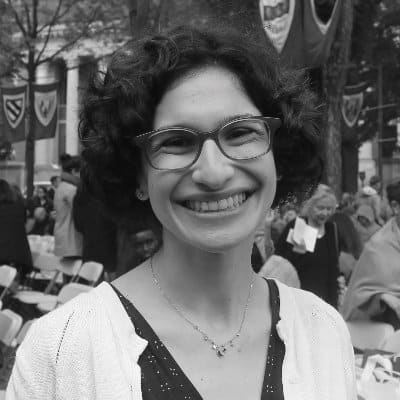 The Museum of the Jewish People – New Wing, Synagogue Hall (Copyright: The Museum of the Jewish People at Beit Hatfutsot/Wikimedia Commons under the Creative Commons Attribution-Share Alike 4.0 International license)
The Museum of the Jewish People – New Wing, Synagogue Hall (Copyright: The Museum of the Jewish People at Beit Hatfutsot/Wikimedia Commons under the Creative Commons Attribution-Share Alike 4.0 International license) In the years before 2020, if you wanted to see an exhibit at a museum, you generally had to purchase a ticket — and a plane ticket if the museum was abroad. But the virtualization the pandemic forced has allowed many museums to bring their work straight to your screen.
The Museum of the Jewish People (ANU) in Tel Aviv did just that on March 17, 2021, providing an English-language virtual tour of its collection. Previously known as Beit Hatfutsot, ANU underwent a ten year, $100 million expansion. The museum now has exhibits dedicated to the diversity of modern Jewish culture, Jewish history, the universality of the Torah and the evolution of the synagogue. The museum deliberately changed its name to ANU to “reflect its enhanced focus on the global Jewish experience.”
Museum Board Chair Irina Nevzlin opened the event by sharing her personal background. Nevzlin grew up in the Soviet Union and due to anti-Semitism didn’t find out she was Jewish until she was in elementary school. As she learned more about her identity, the feeling of “being part of something bigger than myself” continued, leading her to ANU.
Nevzlin shared that despite there being many museums about Jews, there was no one single place that told the story of the Jewish people from the perspective of success and resilience. ANU, she shared, seeks to create a story that “represents everyone,” not from a perspective of victimhood but from one of success. Knowing your story, she concluded, makes you stronger.
Knowing your story makes you stronger.
Chief Curator Orit Shaham Gover explained the three pillars of the museum: pluralism, celebration of life and culture, identification. Accordingly, the museum was structured “backwards,” from current culture to history to the foundation. The museum opens with several screens allowing visitors to meet Jewish individuals and families from a variety of ethnic groups and countries.
Gover played a short video explaining the 72,000 square foot exhibition space, which mixes art installations, 20 synagogue models, hundreds of artifacts and over 50 original films. The museum spent 15 million dollars in interactive technology, which allows visitors to “cook” with famous Jewish chefs and study Talmud. Visitors can also download an app that can overlay their family tree with exhibits on prominent Jews they are somehow related to. Some of those prominent Jews include Sigmund Freud, Adam Sandler, Maimonides, the Marx Brothers and Leonard Cohen.
Some of the objects the museum featured: a pendent from Mashad Iran, which women used to distract authorities from the Jewish texts they smuggled under their clothing; a Torah case from Cochin community in southern India; ID certificates from Jews at post-World War II displaced persons; Gene Simmons’s guitar; famous Yiddish writer Isaac Bashevis Singer’s typewriter; a Megillat Esther from a family expelled from Spain.
The museum’s staff expects that visitors will have to make multiple trips to see all the exhibitions. CEO Dan Tadmor concluded by emphasizing the ability physically visit the museum and invited all online participants to experience the museum in person when able to do so.























 More news and opinions than at a Shabbat dinner, right in your inbox.
More news and opinions than at a Shabbat dinner, right in your inbox.